-
Autoimmune polyendocrine syndrome (APS)
Warzee E , Legros JJ , Geenen V
Rev Med Liege 2002, 57(11),710-714Abstract : As a complement to basic research, thorough clinical investigation of rare diseases may provide fundamental elements which improve our understanding of still obscure pathophysiologic mechanisms. This is the case with immunoendocrinopathy syndromes. Since Addison's pioneer observations in the 19th century, physicians have known that some individuals and their families may be affected by several spontaneous endocrine insufficiencies that are associated with autoimmune extra-endocrine processes. APS-I or APECED syndrome appears in children firstly affected by recurrent muco-cutaneous candidiasis and hypoparathyroidism, followed by adrenocortical insufficiency and by other autoimmune processes. APS-I is a monogenic disorder resulting from one mutation in the AIRE gene. The protein encoded by AIRE is a nuclear transcription factor the precise target of which is still not known. AIRE is mainly expressed by cells playing a crucial role in the establishment of central T cell self-tolerance (medullary epithelium, macrophages and dendritic cells of the thymus). APS-I must be considered in children affected with recurrent candidiasis without any sign of primary immune deficiency. Scientific investigation of the biological nuclear events controlled by AIRE has to be pursued. Undoubtedly, their deciphering will increase our knowledge of the mechanisms responsible for the establishment of central T cell self-tolerance and will open novel strategies for managing many autoimmune diseases. APS-II is a more common syndrome characterized by adrenocortical insufficiency spontaneously occurring in non tuberculous adults and associated with autoimmune thyroiditis and/or type 1 diabetes. Contrary to APS-I, APS-II is linked to genetic loci of the major histocompatibility complex. There is no adrenal insufficiency in APS-III which includes autoimmune thyroiditis, type 1 diabetes, and other autoimmune extra-endocrine processes (like pernicious anemia and vitiligo)

